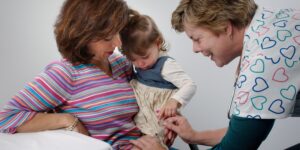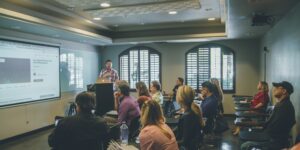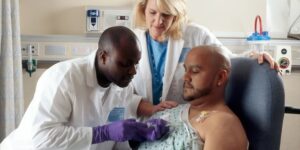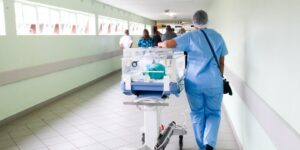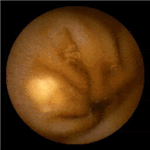Australian medical students’ desire to become a general practitioner: has it changed between 2009 and 2019?
Abstract Background There is major concern given the reduction in junior doctors applying for general practice training positions, which has considerably dropped in recent years. It is possible that medical …

